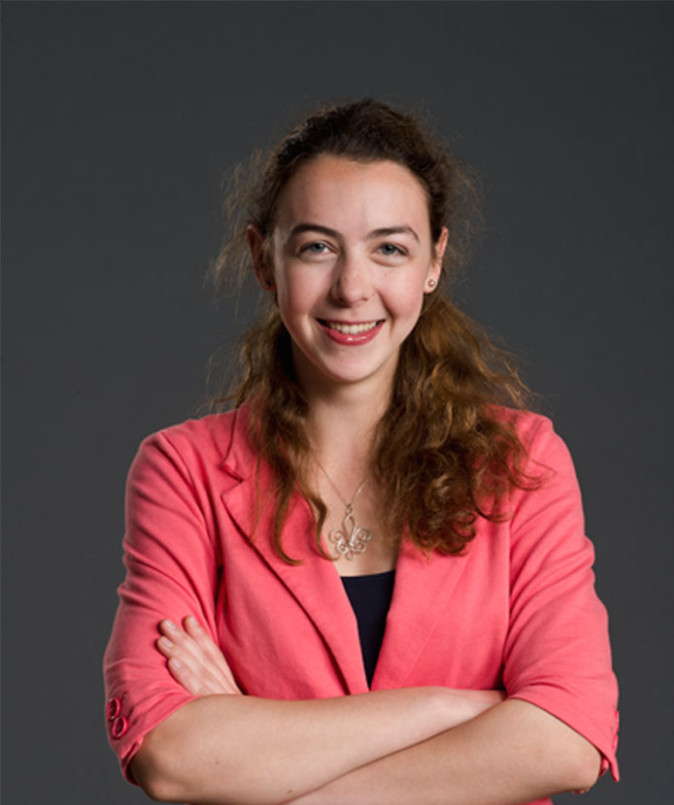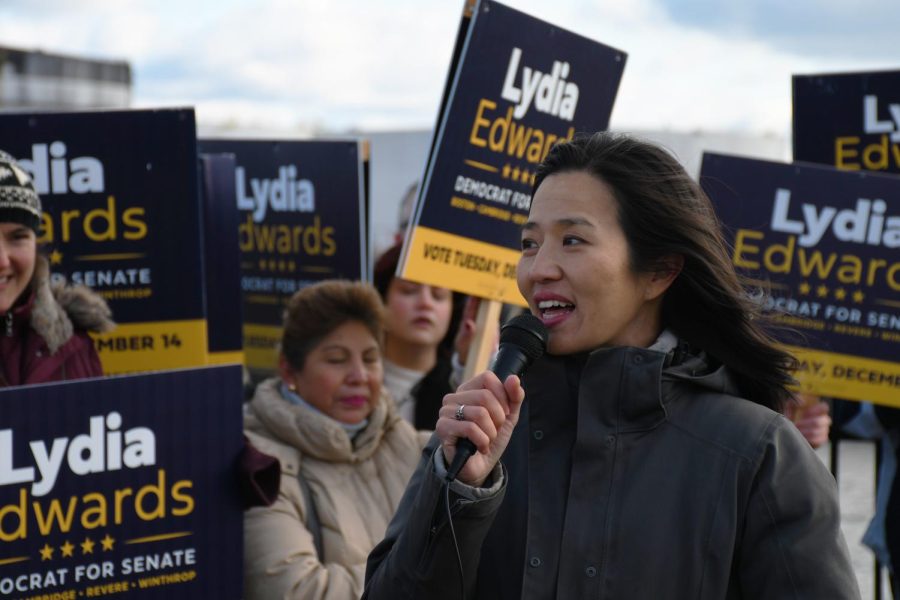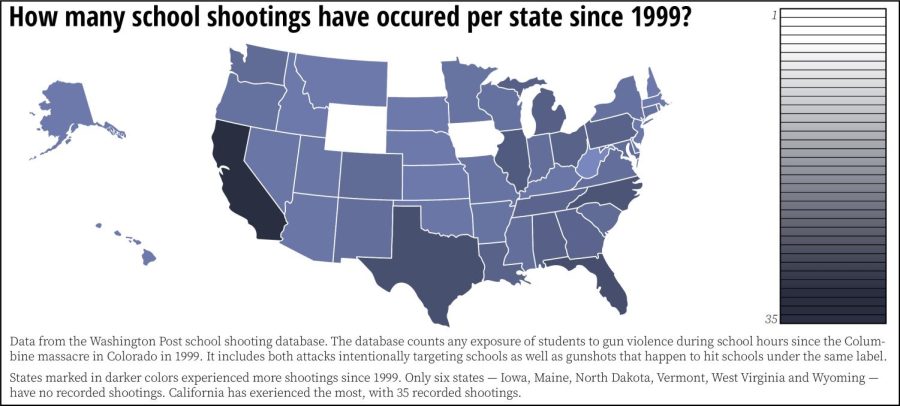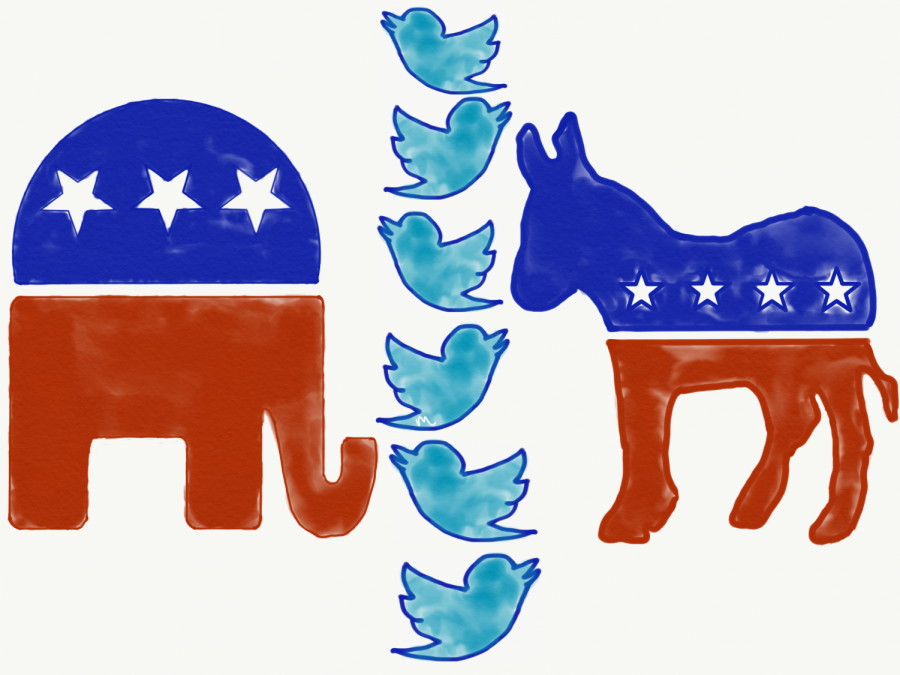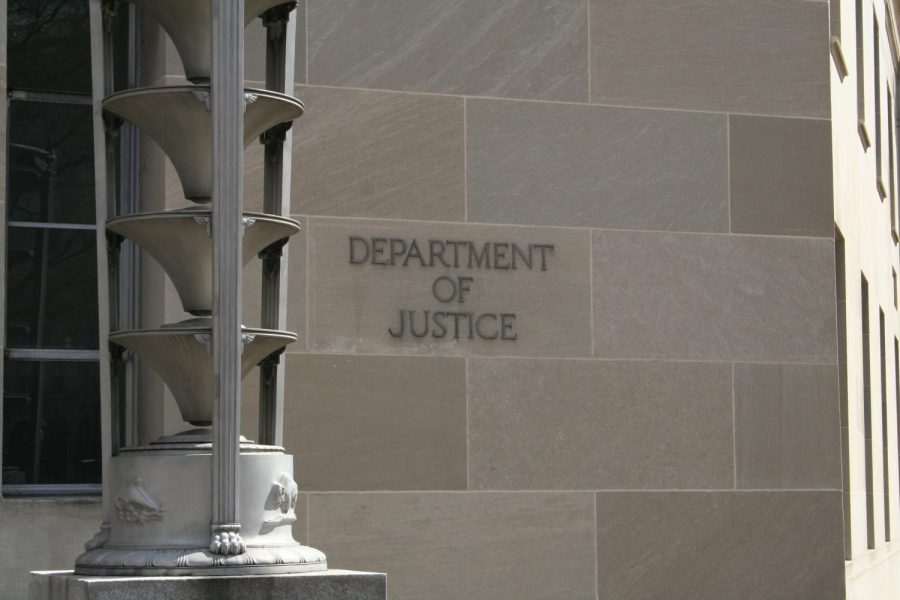By Gwen Schanker, editorial columnist
About two months ago, when I was getting ready to register for fall classes and face the fact that my co-op couldn’t last forever, I stumbled upon a journalism elective titled “Climate Change Communication, Energy Politics and Journalism.” As an aspiring scientific communicator, I was immediately intrigued and emailed the professor, Matthew Nisbet, asking for a class description. Nisbet, who is the editor-in-chief of the Oxford Encyclopedia of Climate Change Communication and therefore an established climate communication expert, described how the class, if it ran, would use a combination of writing and discussion to address controversies like nuclear power and climate change denial.
For obvious reasons, this sounded like it was right up my alley, and I registered for the class without hesitation. However, I’ve recently learned that because of lack of interest – there are currently only five students registered – the class is unlikely to run. If I don’t get to take this class, it will be disappointing, and not just because I’ll have to rearrange my schedule. The course is an opportunity to learn more about something that I hope to achieve in my career: Engaging the public with what is happening to our planet and how it may be possible to do something about it. Dealing with those who deny the reality of climate science is a challenging task, but it is also a necessary one. Allowing denial to dominate the conversation on climate change is damaging, but ignoring the situation entirely is even more so.
It’s not easy to find the right language to talk about climate change without sounding defeatist, watered down or overly complex. Disbelievers aside, it’s easy to feel like climate change is too huge to handle and to ignore coverage of the topic, whether it’s being discussed at the local or global scale. This is especially true at a time when people are trained to read only a few sentences of writing at once – 180 characters, to be exact. It’s hard to hook people on any story, especially a scientific story, and easy to turn them off in some way. Some of the possible threats – flooding from glacial meltwater or multiple feet of sea level rise – are simply too huge to fathom. Others, as I have learned from attending scientists’ lectures on ice-ocean interaction during my internship at Woods Hole Oceanographic Institution (WHOI), are too complicated for a non-scientist to understand how they work, let alone identify the connection they have to everyday life. An article that my supervisor recently passed around to the communications team at WHOI suggested that part of what causes people to ignore scientific solutions to climate issues is political language. This creates yet another barrier to understanding what’s happening to our planet, especially in the midst of a presidential election.
Part of my role as a communicator is to provide the median between confusion, or irritation, and clarity, or acceptance. I feel that the more that I know about how our planet is changing, the more helpful I can be in sharing that information. I’m starting to realize that viewpoint may be naïve, since the current situation suggests that there seems to be little that will turn a prominent climate-change denier’s head. Even as someone who seeks out information on our changing planet, it’s easy to turn a blind eye to simple solutions – like recycling a water bottle instead of throwing it away – and to avoid thinking about the big changes that, at this point, we are powerless to stop. Nevertheless, it’s important to keep that conversation going. I hope I get the chance to do that in Climate Change Communication. If not, I’ll just have to find some other way.


